
By Tali Tesar
tesartal@grinnell.edu
At the Grinnell Ward 1 caucus site, known as a liberal stronghold, the moderate-leaning campaigns for Pete Buttigieg, Andrew Yang, Joe Biden and Amy Klobuchar banded together to form a viable uncommitted section at the very end of the second round of caucusing. The alliance gained them four delegates to the Poweshiek county convention, securing one delegate for each campaign. The only candidates who became viable and earned delegates solo were Bernie Sanders and Elizabeth Warren.
Biden’s precinct chair, Patrick Goldammer ’22, and Yang’s precinct chair, Harry Barker-Fost ’22, came up with the plan to join together after only the Sanders and Warren campaigns were viable following the first round of voting. After the first-round counts were announced, Goldammer realized that between the Yang, Biden and Klobuchar campaigns, they were only 12 people short of meeting the 125-person threshold to be considered a viable option.
“We were just hoping that enough Pete people would come over here instead of just going with Bernie or Elizabeth Warren,” Goldammer said. The newly uncommitted section began to chant, “Come on, Pete,” until Buttigieg’s section split up, with many of their members joining Warren and many joining the uncommitted section. The uncommitted section ended up with 128 people.
Klobuchar’s precinct chair, Sarah Smith, coordinated her fellow Klobuchar supporters in moving to the uncommitted section. “As a group, we still wanted to have Amy have the possibility to have one delegate down the line. Together, we thought if we formed with other groups, maybe it would work out great,” Smith said.
Smith also said that the campaigns were very civil and that it was great to see “the campaigns working together even though that’s not who we came to vote for.” The four campaigns agreed to each send one delegate to the Poweshiek County Convention in March.
Civility was a common theme of the night, despite differing candidate preferences, especially between the students and the rest of the town.
Cherrill Oxenford, a special educator teacher whose first choice was Buttigieg, said she was excited about the student turn out, even if they weren’t supporting her candidate of choice. “I think it’s great. … It’s a liberal area, so I’m not surprised,” she said.
Barb Baker, also a Buttigieg supporter, echoed this sentiment. “I’m glad that the students are all here too. I think it’s really important that they take part in the political process. This is a good learning experience,” she said.
The first round of voting showed a total of 366 people for Sanders, 257 for Warren and less than 100 for each other candidate, with moderate Biden receiving only 25 votes. After the second round, many of the Buttigieg supporters who did not want to go uncommitted joined the Warren side, bringing the totals closer but with Sanders still ahead.
The final delegate count was 11 to Sanders, 9 to Warren and 4 uncommitted.
The total participation, at 830 people, underperformed the predictions a 1000-participant turnout, which would have been a record for the ward. This attendance was also lower than the 925 people who participated in the 2016 Grinnell Ward 1 Caucus, which may not bode well for Democratic turnout in the 2020 general election.




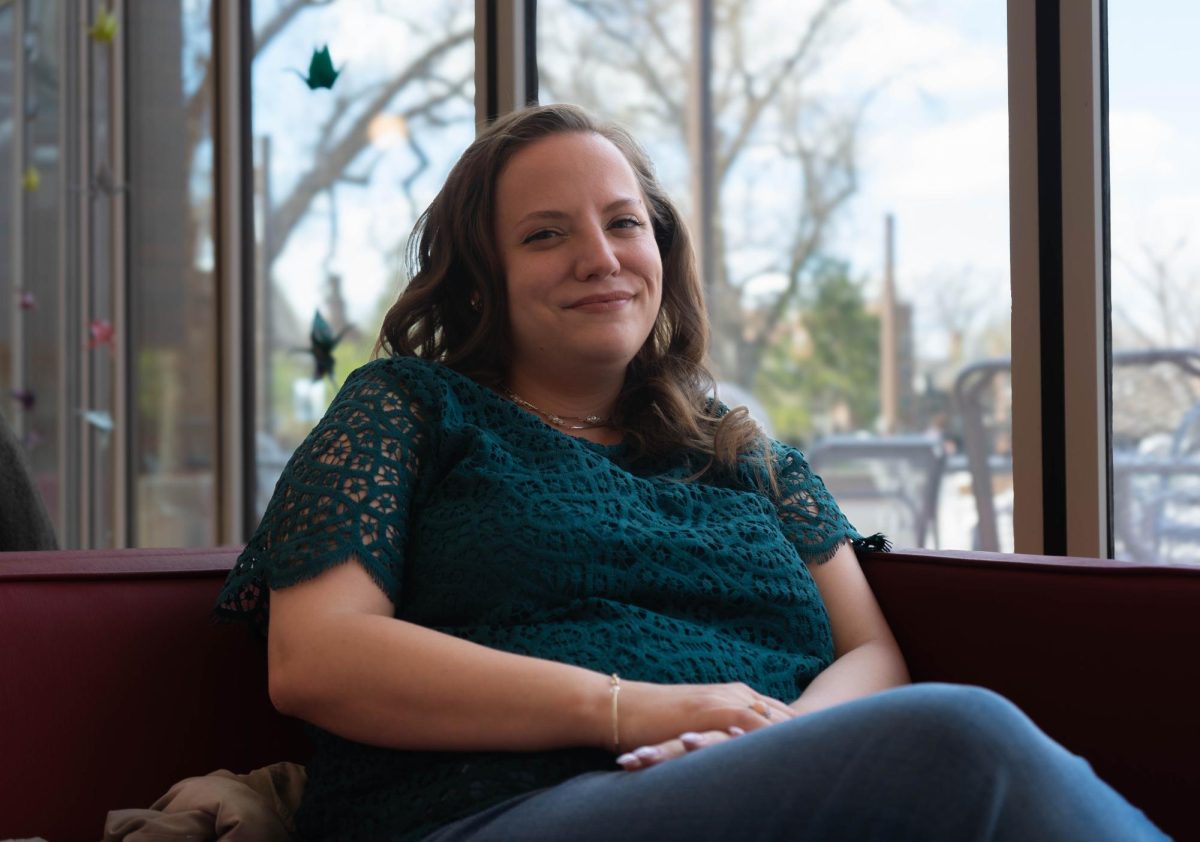




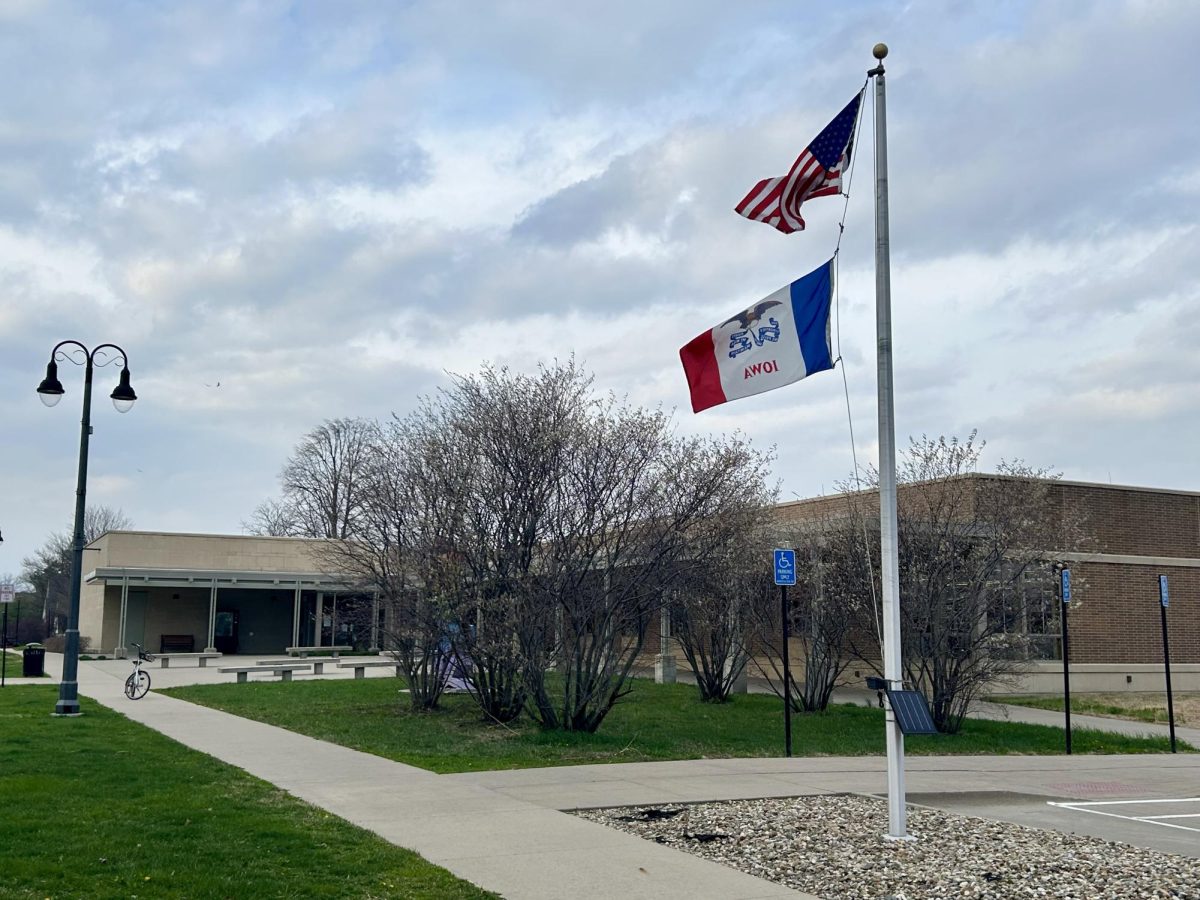



















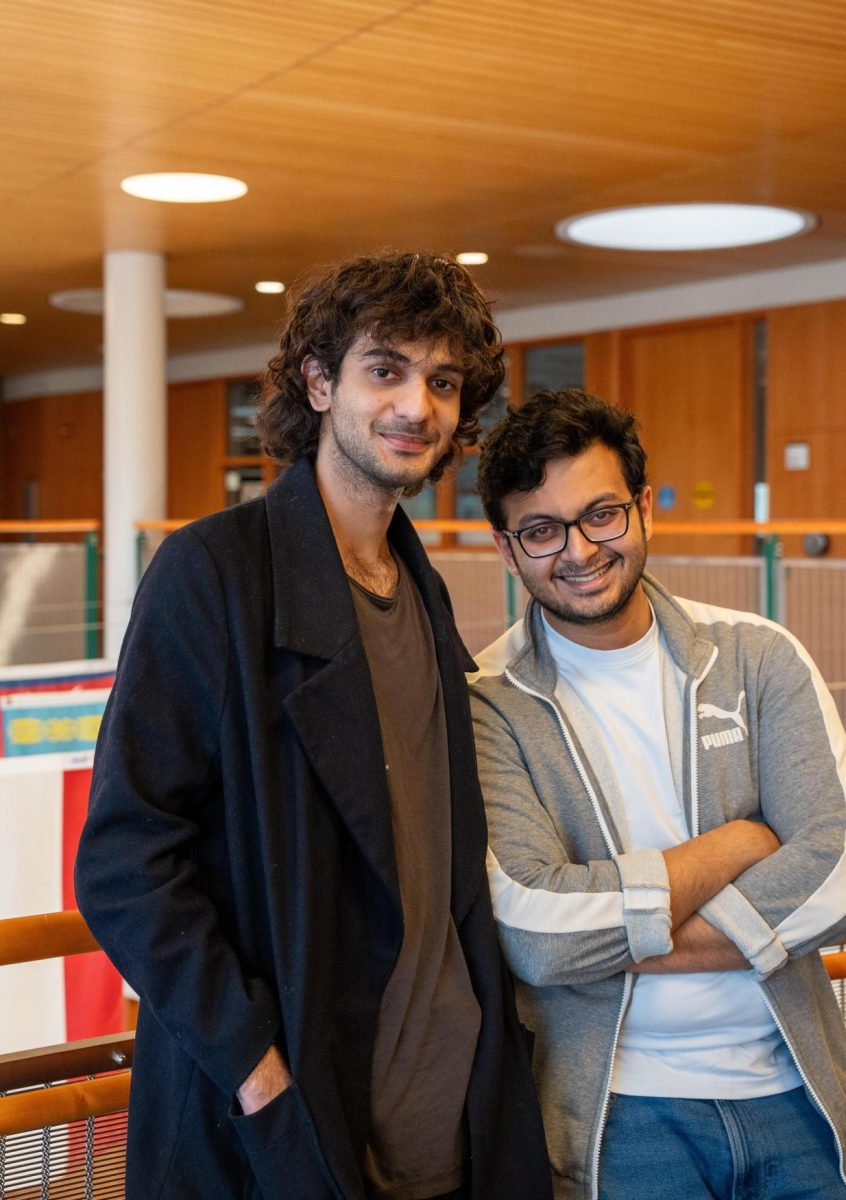












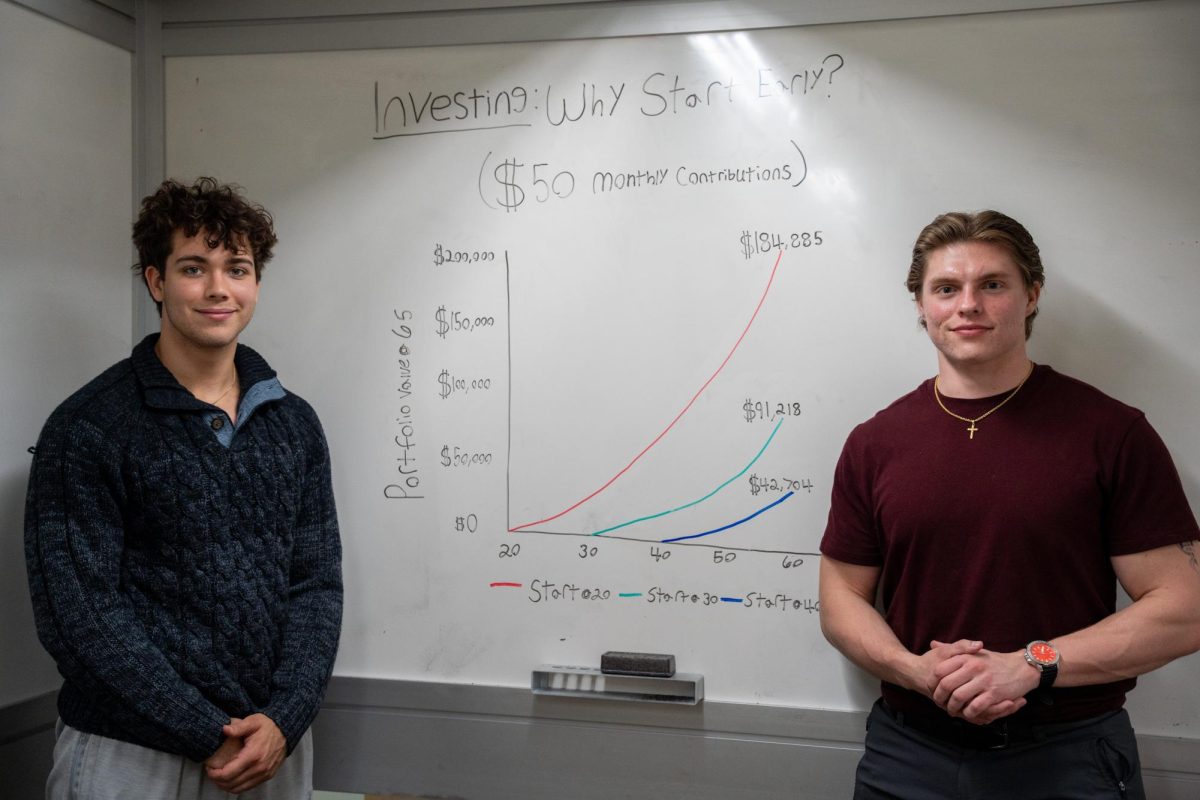


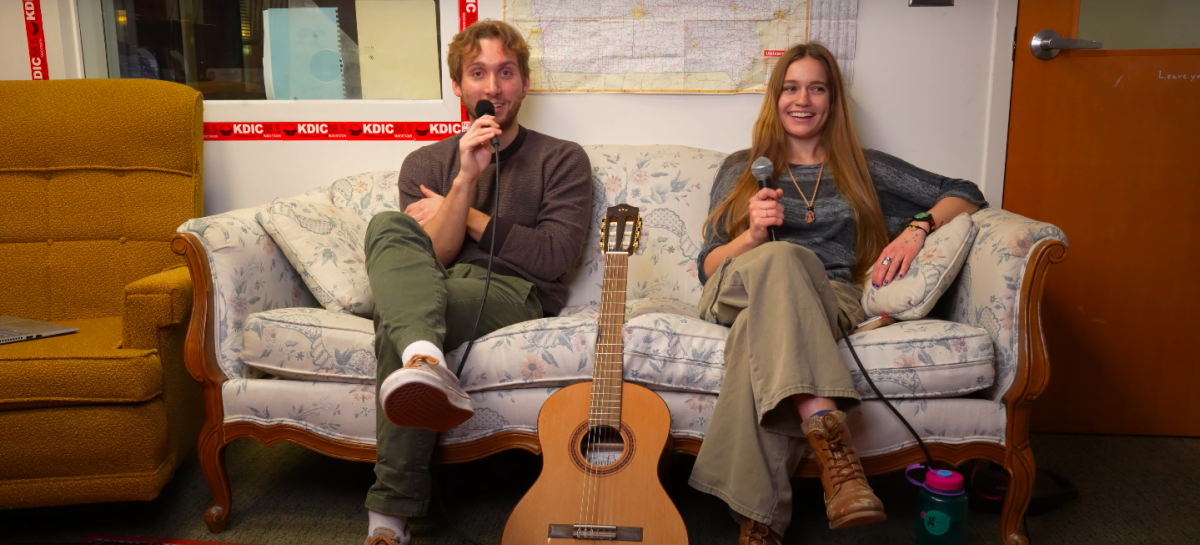





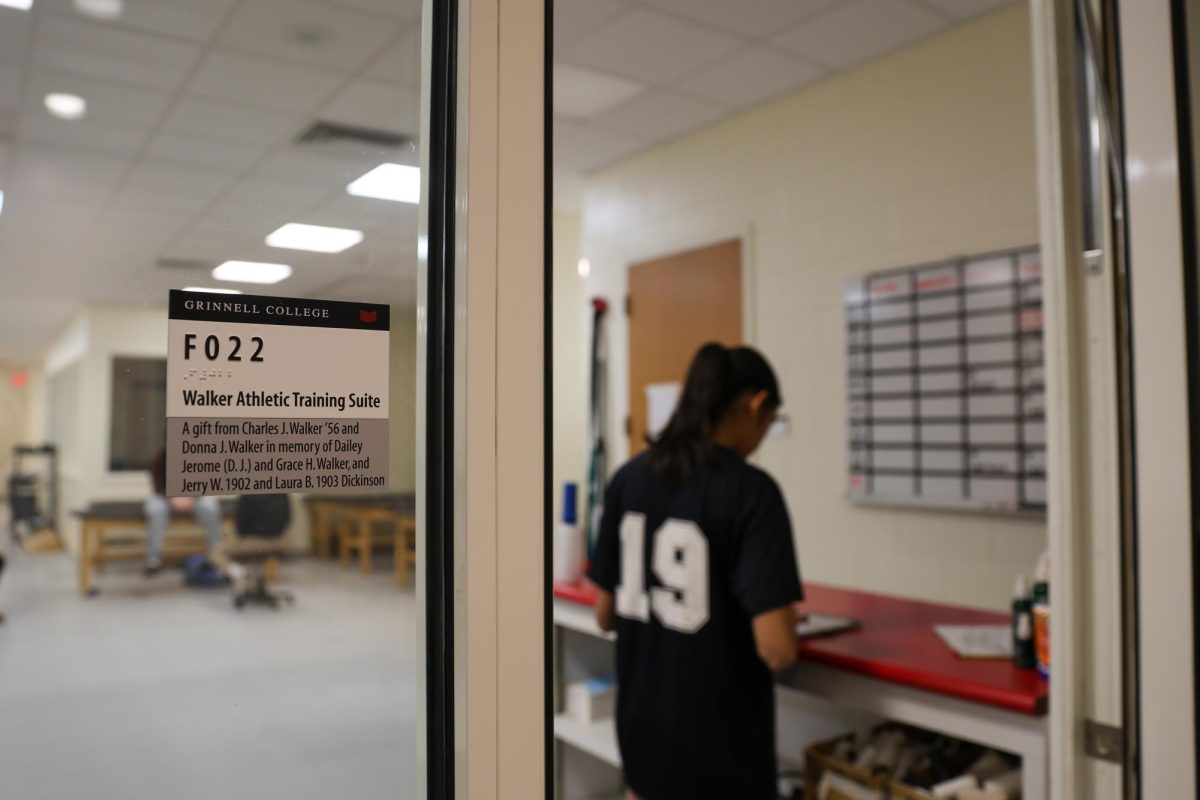






Erin Bustin • Feb 4, 2020 at 7:49 am
Hi! This is such a great article and thank you for explaining what happened behind the scenes in regards to the uncommitted group becoming viable. I’m a non citizen who came as an observer and I was confused by that.
I would like to suggest, though, that you consider the last sentence of your article. I don’t think we have nearly enough information to suggest that turnout at one precinct “may not bode well” for turnout in 2020. From what I have read so far, both caucus turnout and new voter registration numbers may actually have been very high across the state. Many off-campus students participated in other caucus locations, driving Grinnell’s other precincts to record high attendance. Given that we’re still waiting on results at all, it may be a while before we have hard data about turnout (and even when we do, it’ll likely be buried by the national media blowing up about the results reporting issues). Until then, though, I think it’s important not to draw conclusions, however speculative, based on a single precinct.